Keysight Technologies
Solutions for Using a Model-Based
Platform to Quickly and Effectively Test
Radar and Electronic Warfare Systems
Application Brief
Modern Radar and electronic warfare (EW) systems operate in a variety of
frequency bands with multi-emitter wideband signals and complex modulation
schemes. They also use advanced Digital Signal Processing (DSP) techniques to
attack or avoid being attacked by enemy’s EW systems. Because EW specifications
are always adjusted based on the environment, today’s designers require a
solution for designing, verifying and testing their EW systems in an effective way.
�
Problem
Solution
EW systems operate in complex environments with multi-emitter input signals
from radar, military and commercial communication systems, as well as different
interferences, noise and clutter. EW receivers must monitor the multi-emitter
signals over a wide frequency range. When clutter or interference is significant,
received signals become even more complex. This complexity poses a number of
challenges when designing and testing Radar and EW systems, especially when
coupled with new signal generation and processing requirements, and the need to
analyze different test cases.
Other challenging tasks that engineers may encounter when developing Radar and
EW systems include: reducing the time and cost to develop new systems, reducing
the expense of testing and validation, and getting all legacy Intellectual Property
(IP) point tools to work together with RF. Validating the performance of complex
Radar and EW systems earlier/continuously, instead of waiting until final integration
and test, can also be difficult. Addressing these challenges is critical ensuring the
success of any Radar or EW system.
Dealing with these challenges at all stages of development requires a flexible
wideband, model-based platform for designing, verifying and testing Radar and
EW systems. The platform must be able to effectively model and simulate Radar
and EW components and systems, and generate highly realistic scenarios for
verification of transmitter and receiver performance. It must also be flexible enough
to support interaction with a range of measurement instruments for hardware test
and verification.
One such platform that meets this criteria is Keysight Technologies’ Radar
and EW simulation and test platform (Figure 1). At the core of the platform is
the SystemVue Electronic System Level (ESL) design software, which enables
modeling and simulation of Radar and EW systems throughout the development
process using pre-created templates. Multi-emitter signals can be created using
SystemVue’s Signal Composer. To simplify these tasks, SystemVue features a
Radar and EW library. Each functional block within a given Radar and EW system
is supported by a model set within the library. For example, the Signal Generation
block is supported by the Transmit (Tx) Waveform model set, which in turn supports
LFM-, NLFM-, Baker-, and Frank-coded formats. When constructing a custom
system, engineers simply pick one of these coding formats.
Existing DSP and algorithm models can also be imported to the library for use
with library models. Custom models based on MathLang, C++, MATLAB, and HDL
code, as well as subnet structures, can be created using SystemVue’s easy-to-use
User Interface (UI). Once created the custom models become SystemVue library
models. This model flexibility enables components created by different people to be
integrated together and tested at the system level for the purposes of performance
evaluation and continuous validation throughout the development process.
02
�
Figure 1. Keysight’s Radar and EW
simulation platform models and simulates
Radar and EW systems at all stages of
development.
Figure 2. SystemVue’s Radar and EW test
platform can be used to test and verify
hardware. In this diagram, a transmitted
Radar signal with interference from
SystemVue is shown being downloaded to
an AWG to test EW RF receiver hardware.
The Radar and EW simulation platform can also be used as a test platform (Figure
2). In this case, SystemVue instrument links control and integrate multiple mea-
surements instruments into the platform, automating system-level test (Figure 3).
The software surrounds the raw Radar or EW design and test equipment with the
environmental, baseband and RF modeling required to close a round-trip signal
processing loop in order to perform early simulation-based verification. As hard-
ware becomes available, SystemVue continues to connect directly into the physical
hardware measurement.
03
�
Figure 3. SystemVue integrates all test
instruments together as a test system to
provide complex Radar and EW test signals
with environment scenarios to the Device
under Test (DUT) to capture DUT outputs
and then synchronized signals. It then post
processes the signals to extract more infor-
mation and make advanced measurements
(e.g., detection rate, false alarm rate and
imaging analysis). Without the integration
and synchronization, each instrument would
function on its own, making it impossible to
perform complex tests.
During hardware testing, simulation data is downloaded to a wideband arbitrary
waveform generator (AWG), such as the M9330A/M8190A. The AWG drives the I/Q
inputs of a vector signal generator (e.g., the MXG, PSG or ESG) to render simulated
RF test signals, including realistic threats and jamming scenarios, for testing Radar
and EW receivers. Integration of a signal analyzer or wideband oscilloscope run-
ning vector signal analysis software provides measurement and analysis capabili-
ties that are useful when developing transmitters, receivers, amplifiers, and other
subsystems. For further analysis and signal processing, measured signals can be
brought back to SystemVue with the help of vector signal analysis software. This
combination of hardware and software enables both component testing (e.g., an RF
receiver, detector, signal processor, or waveform generator) and scenario simula-
tion for system test.
Another use for the test platform is to test whether jamming and deception signals
generated by an EW system can effectively attack a Radar receiver. In this case,
the signal downloading link must be moved to the radar receiver input so that the
signal at the output of the Radar RF receiver can be acquired.
Addressing EW Design Challenges:
EW is defined as a military action that uses electromagnetic and directed energy
to control the electromagnetic spectrum or attack an enemy. It includes Electronic
Warfare Support (ES), Electronic Attack (EA) and Electronic Protection (EP). Each
area of EW faces its own unique set of design challenges.
In EA applications, for example, responsive and non-responsive jammers are always
used. To simplify development, SystemVue provides application templates that can
be used to generate jammers. In EP, engineers must detect the Direction of Arrival
(DOA) for an enemy’s Radar signals. In this case, SystemVue’s MUSIC and ESPRIT
algorithms may be employed to estimate the DOA.
04
�
Figure 4. Shown here is a multi-
emitter signal with different Radar and
communication components generated in
Keysight’s SystemVue-based Radar and EW
test platform.
Figure 5. This RWR test platform template
utilizes the Frequency Bands Recognition
technique. The RWR is based on Frequency
Division Signal processing with eight inputs,
each of which may be set to a different
frequency range.
Finally, in ES, a Radar Warning Receiver (RWR) is required in one-on-one engage-
ments to detect the radio emissions of Radar systems. Testing a RWR from an EW
system requires the generation and analysis of an appropriate test signal. Many
factors must be considered when modeling a RWR (e.g., frequency band, direc-
tion finding methods and emitter identification). Also, once the receiver algorithm
design is done it must be verified under realistic scenarios.
SystemVue has the ability to generate complex multi-emitter waveforms efficiently
with its user-friendly user interface. Also, the RWR signal can be modeled and
simulated in SystemVue. As an example, a template of a type of RWR test platform
that can be constructed to test an EW system receiver is shown in Figure 4. By
modifying the platform’s source input and reset parameters, different RWR test
signals can be generated. The RWR signal can even be modified to implement the
engineer’s own EW algorithm, which can then be tested in the platform. In Figure 4,
an emitter signal is generated in SystemVue, downloaded to the M1890A AWG and
then modulated by the E8267D vector signal generator.
In the example in Figure 5, a received multi-emitter signal waveform (denoted in
green) arrives at the input of the RWR. The spectrum is shown in yellow. The goal
is to find the components for the arrived multi-emitter signal. The main task of the
RWR is to process received signals to determine components in both the time and
frequency domain. Within the RWR, channelization is performed. The output of
each channel is the recovered signal-of-interest, indicating that the RWR has suc-
cessfully recognized LFM1, LFM2 and LFM3, the original signal components from
either a Radar or communication system.
05
�
Summary of results
With modern Radar and EW systems operating in increasingly complex environ-
ments, effectively designing, verifying and testing Radar and EW systems has be-
come all the more critical. A Radar and EW simulation and test platform based on
SystemVue offers the ideal solution to this dilemma. The platform can be used for
modeling and simulation of Radar and EW systems. When linked to other Keysight
measurement instruments via SystemVue, the platform can also be used for test
and verification of Radar and EW components and systems.
Using the platform, engineers gain access to a myriad of benefits. It provides a
true design-oriented value proposition to shorten the development cycle and al-
lows users to save time and money by minimizing field tests. Moreover, its multiple
environment scenarios enable engineers to create real-world test environments for
high-quality products. Such capabilities and benefits are critical to ensuring suc-
cessful development of modern Radar and EW systems.
Related information
SystemVue Radar application notes
– Simulation and Verificaiton of Pulse Doppler Radar Systems,
Publication Number: 5990-5392EN
– Radar System Design and Interference Analysis Using Keysight SystemVue,
Publication Number: 5990-5393EN
– Using SystemVue’s Radar Library to Generate Signals for Radar Design and
Verification, Publication Number: 5990-6919EN
– Solutions for Ultra-Wideband Radar System Design: Integrating Design with
Ultra-Wideband Test for Flexible Radar Verification, Publication Number: 5990-
8349EN
– Using Keysight SystemVue to Create Realistic Scenarios for Radar and EW Ap-
plications, Publication Number: 5990-7533EN
– Mixed-Signal Integration Challenges in Complex Radar Systems,
Publication Number: 5990-8556EN
SystemVue Radar product information
– YouTube video: http://www.youtube.com/watch?v=97Px9ByNyMI
– Webcast: “Uncovering the Hidden Impairments in Testing Advanced RADAR
Systems”
– SystemVue product info and videos:
http://www.keysight.com/find/eesof-systemvue-info
– SystemVue W1905 page:
http://www.keysight.com/find/eesof-systemvue-radar-llibrary
– Creating Multi-Emitter Signal Scenarios with COTS Software and Instrumenta-
tion: http://www.youtube.com/watch?v=DGbjBT3EIog
– IMS 2013 Presentation: Creating and Analyzing Multi Emitter Environment Test
Signals with COTS Equipment:
http://www.youtube.com/watch?v=NjXkeYfLfQc
06
�
07 | Keysight | Solutions for Using a Model-Based Platform to Quickly and Effectively Test Radar and Electronic Warfare Systems - Application Brief
myKeysight
www.keysight.com/find/mykeysight
A personalized view into the information most relevant to you.
Keysight Channel Partners
www.keysight.com/find/channelpartners
Get the best of both worlds: Keysight’s measurement expertise and product
breadth, combined with channel partner convenience.
www.keysight.com/find/ad
For more information on Keysight Technologies’ products, applications or services, please contact your local Keysight office. The complete list is available at:www.keysight.com/find/contactusAmericas Canada(877) 894 4414Brazil55 11 3351 7010Mexico001 800 254 2440United States(800) 829 4444Asia PacificAustralia1 800 629 485China800 810 0189Hong Kong800 938 693India1 800 112 929Japan0120 (421) 345Korea080 769 0800Malaysia1 800 888 848Singapore1 800 375 8100Taiwan0800 047 866Other AP Countries(65) 6375 8100Europe & Middle EastAustria0800 001122Belgium0800 58580Finland0800 523252France0805 980333Germany0800 6270999Ireland1800 832700Israel1 809 343051Italy800 599100Luxembourg+32 800 58580Netherlands0800 0233200Russia8800 5009286Spain0800 000154Sweden0200 882255Switzerland0800 805353Opt. 1 (DE)Opt. 2 (FR)Opt. 3 (IT)United Kingdom0800 0260637For other unlisted countries:www.keysight.com/find/contactus(BP-07-01-14)This information is subject to change without notice.© Keysight Technologies, 2013 - 2014Published in USA, August 3, 20145991-2892ENwww.keysight.com�
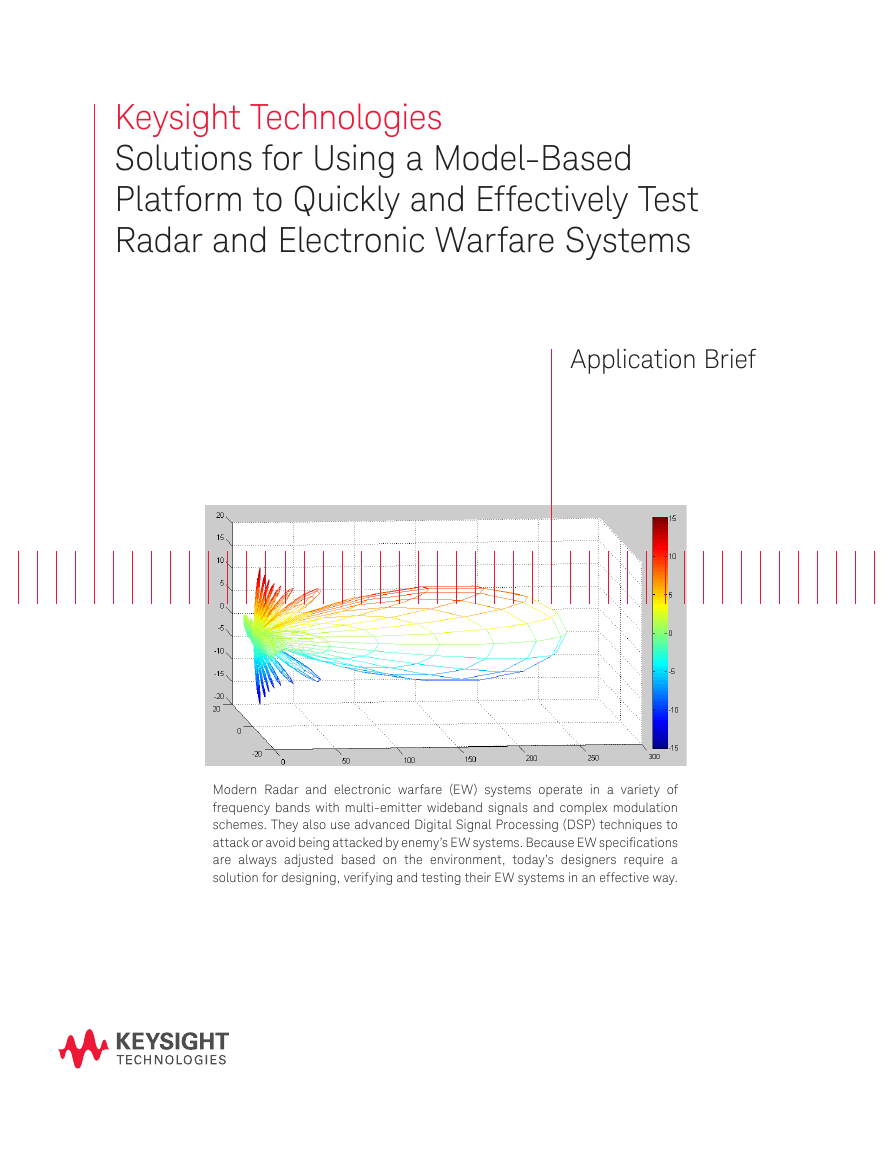
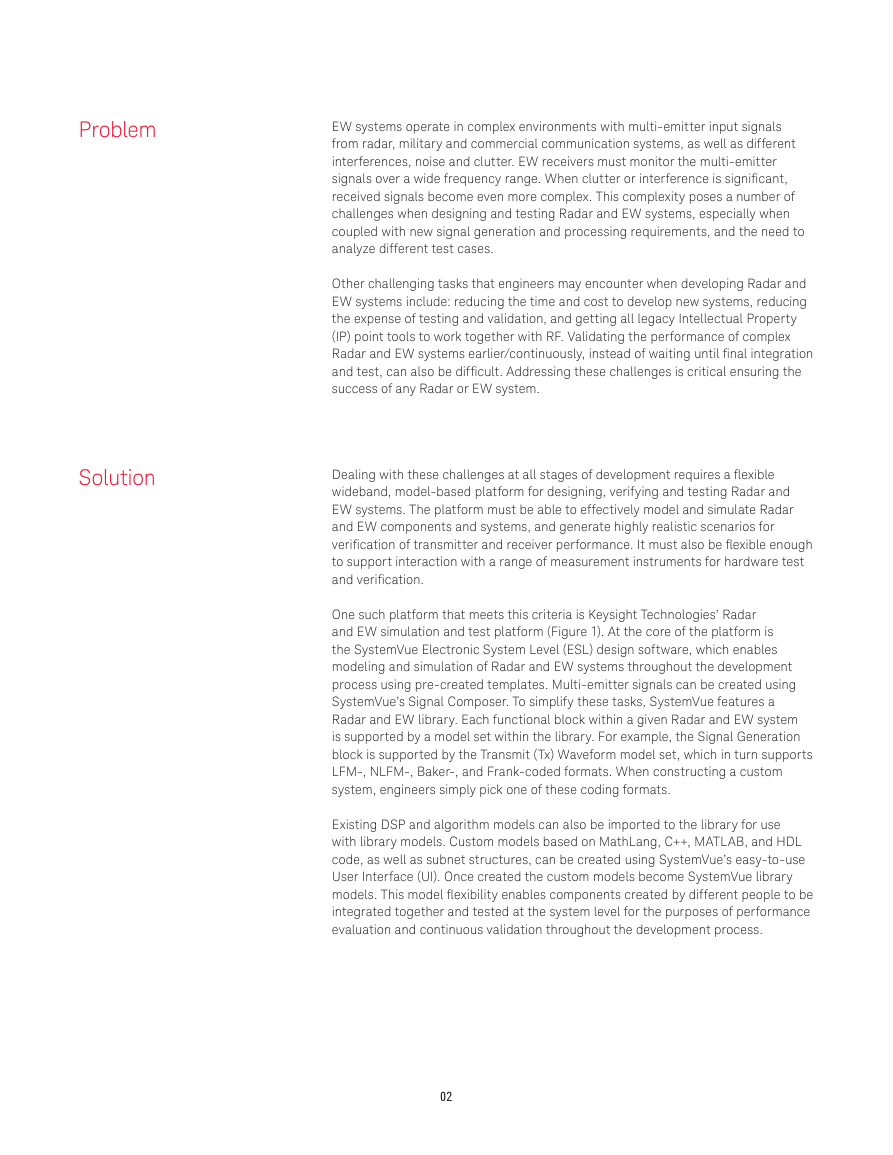
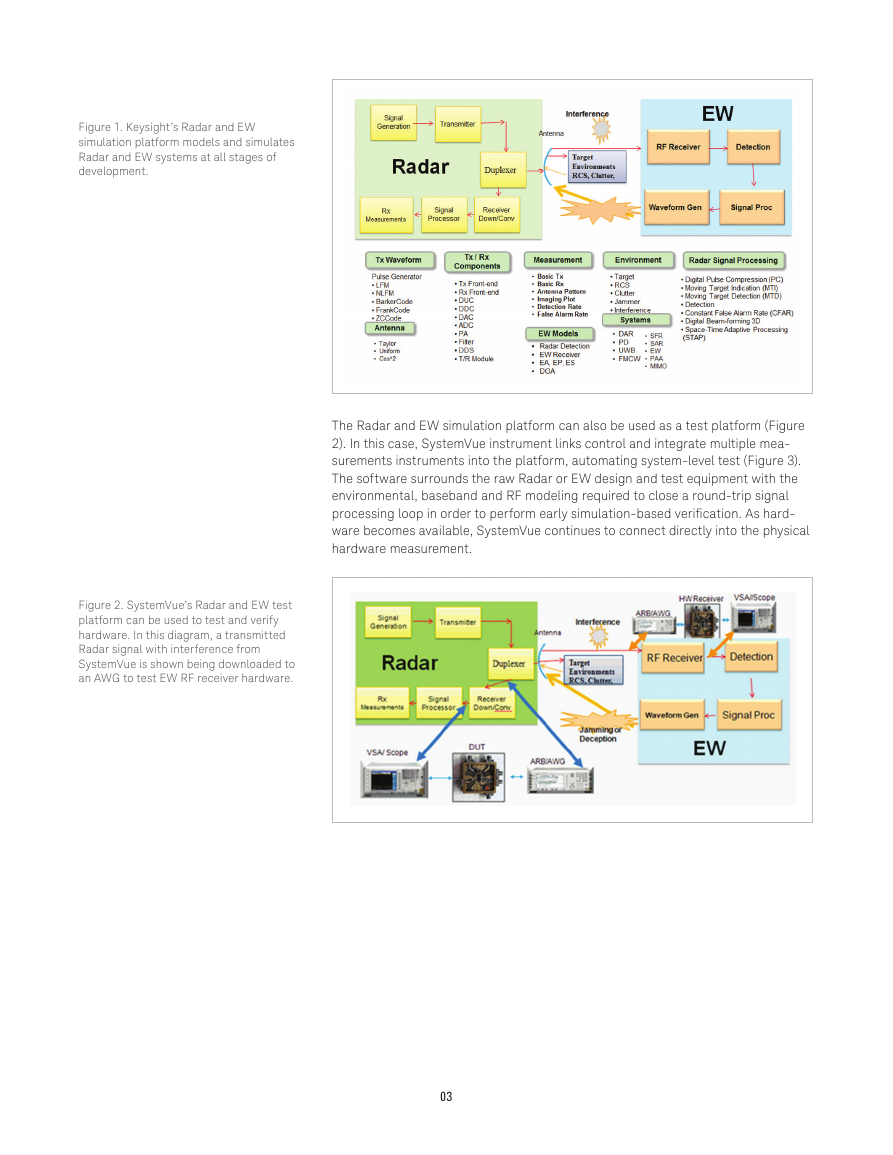
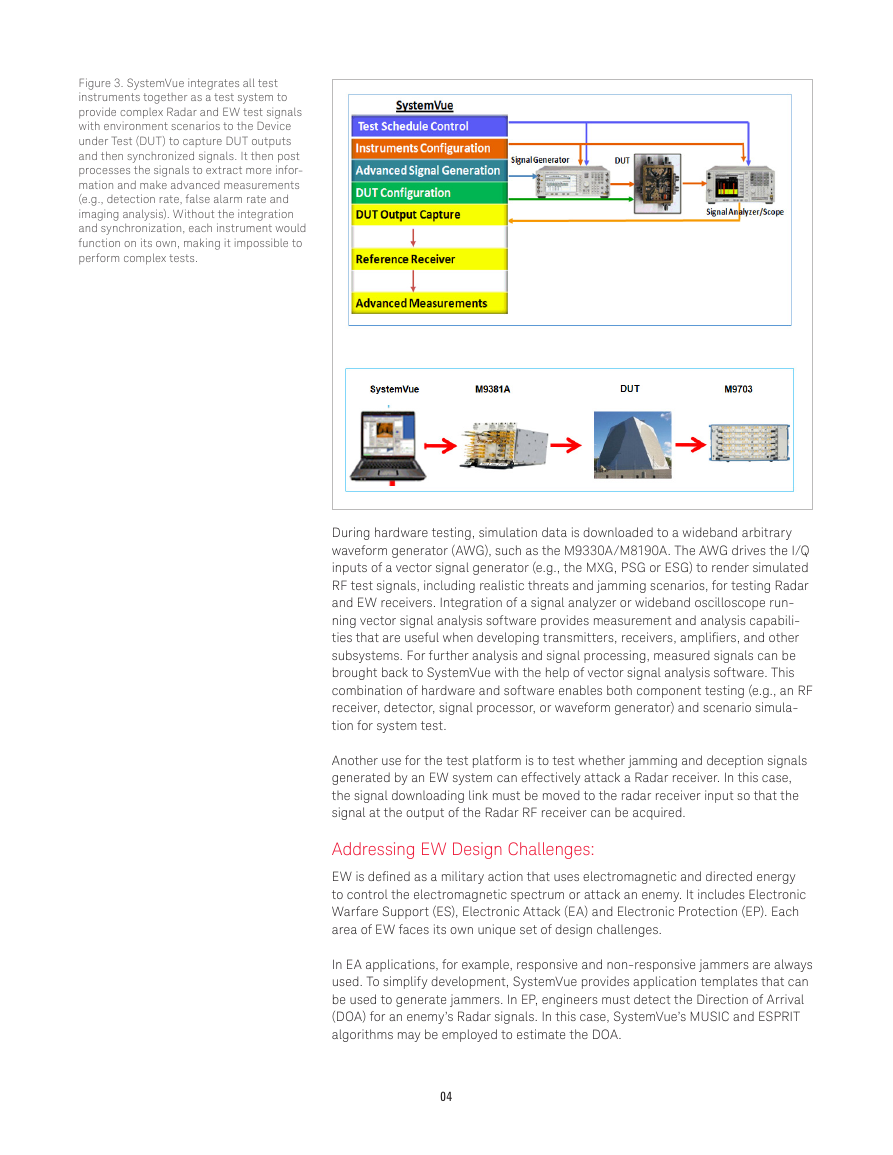
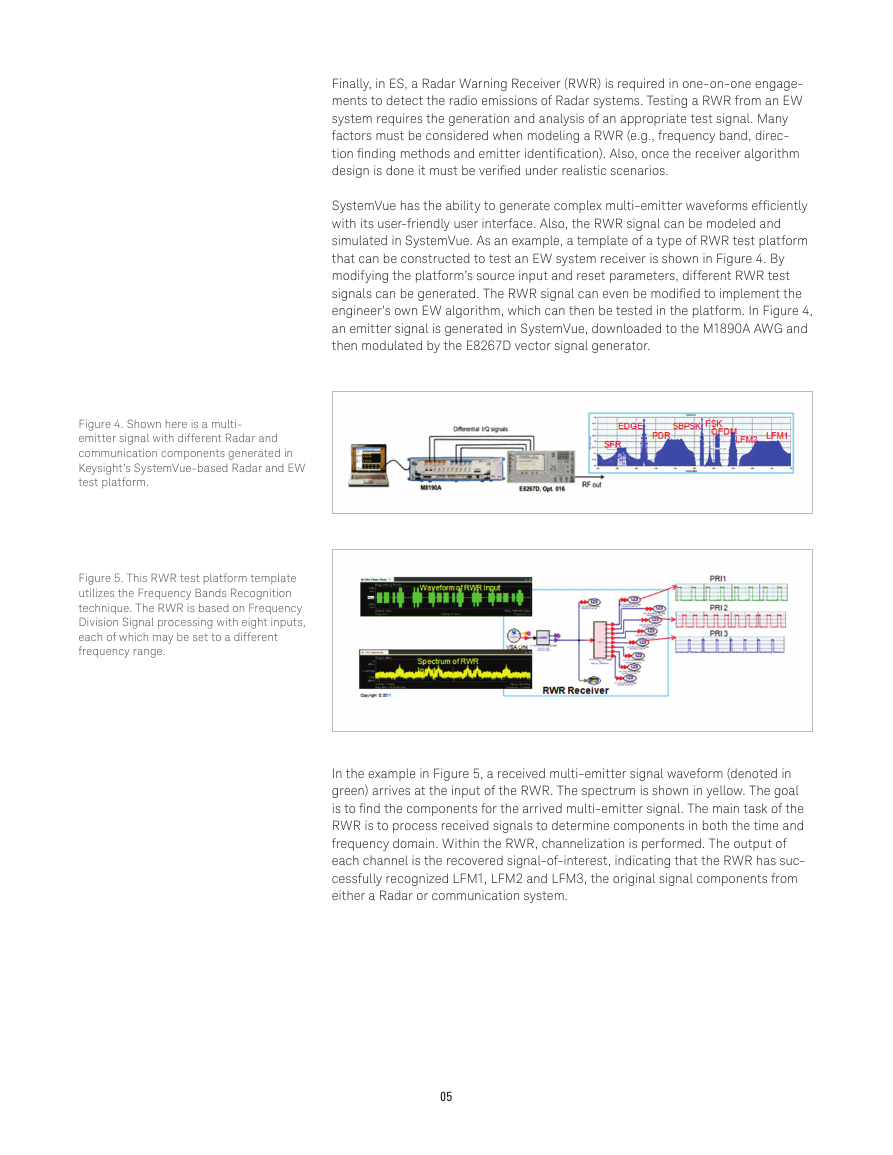
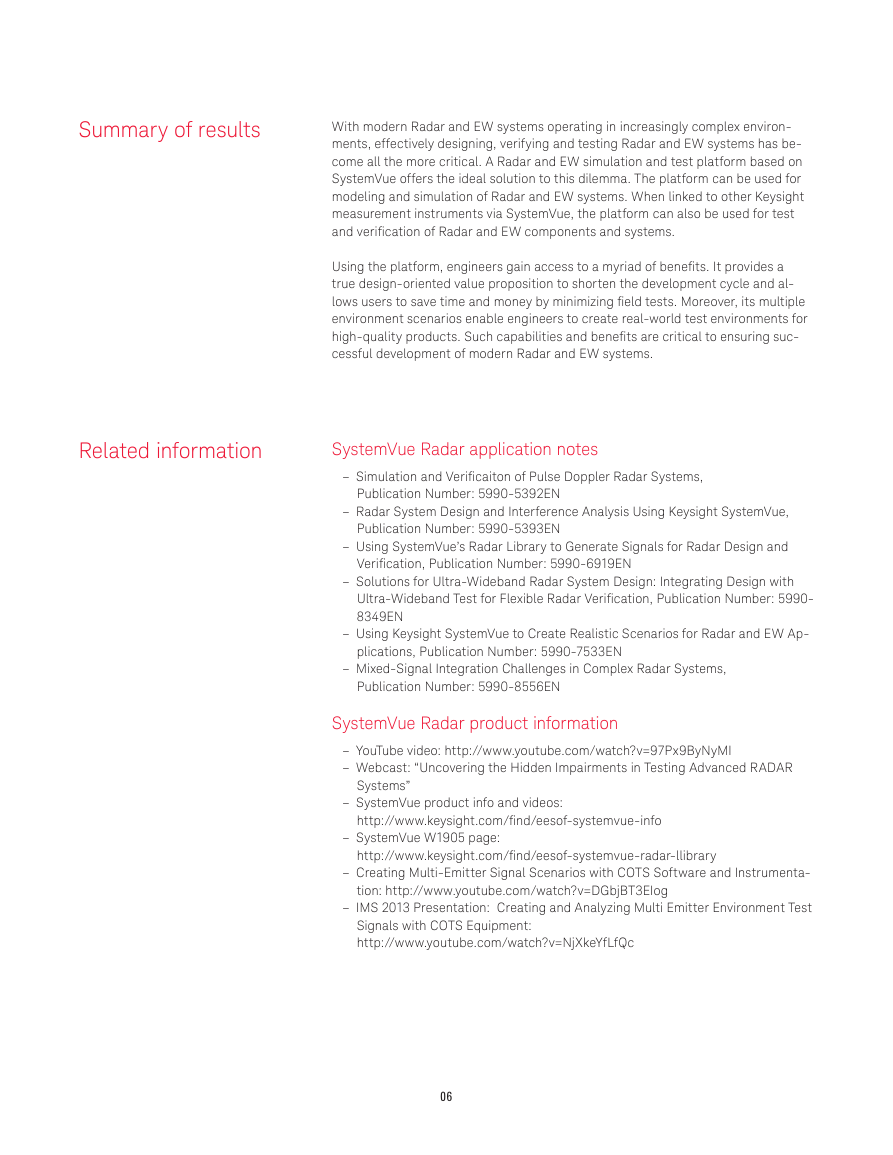
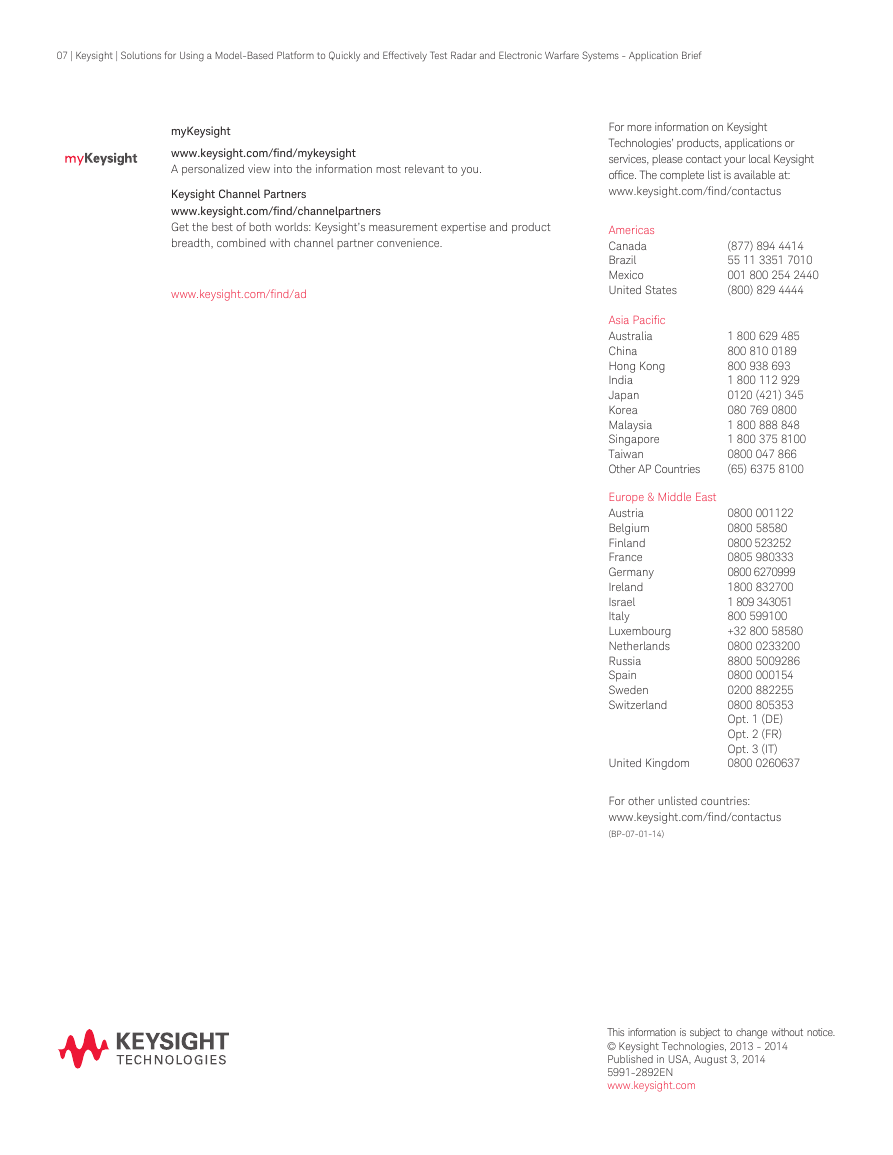







 2023年江西萍乡中考道德与法治真题及答案.doc
2023年江西萍乡中考道德与法治真题及答案.doc 2012年重庆南川中考生物真题及答案.doc
2012年重庆南川中考生物真题及答案.doc 2013年江西师范大学地理学综合及文艺理论基础考研真题.doc
2013年江西师范大学地理学综合及文艺理论基础考研真题.doc 2020年四川甘孜小升初语文真题及答案I卷.doc
2020年四川甘孜小升初语文真题及答案I卷.doc 2020年注册岩土工程师专业基础考试真题及答案.doc
2020年注册岩土工程师专业基础考试真题及答案.doc 2023-2024学年福建省厦门市九年级上学期数学月考试题及答案.doc
2023-2024学年福建省厦门市九年级上学期数学月考试题及答案.doc 2021-2022学年辽宁省沈阳市大东区九年级上学期语文期末试题及答案.doc
2021-2022学年辽宁省沈阳市大东区九年级上学期语文期末试题及答案.doc 2022-2023学年北京东城区初三第一学期物理期末试卷及答案.doc
2022-2023学年北京东城区初三第一学期物理期末试卷及答案.doc 2018上半年江西教师资格初中地理学科知识与教学能力真题及答案.doc
2018上半年江西教师资格初中地理学科知识与教学能力真题及答案.doc 2012年河北国家公务员申论考试真题及答案-省级.doc
2012年河北国家公务员申论考试真题及答案-省级.doc 2020-2021学年江苏省扬州市江都区邵樊片九年级上学期数学第一次质量检测试题及答案.doc
2020-2021学年江苏省扬州市江都区邵樊片九年级上学期数学第一次质量检测试题及答案.doc 2022下半年黑龙江教师资格证中学综合素质真题及答案.doc
2022下半年黑龙江教师资格证中学综合素质真题及答案.doc